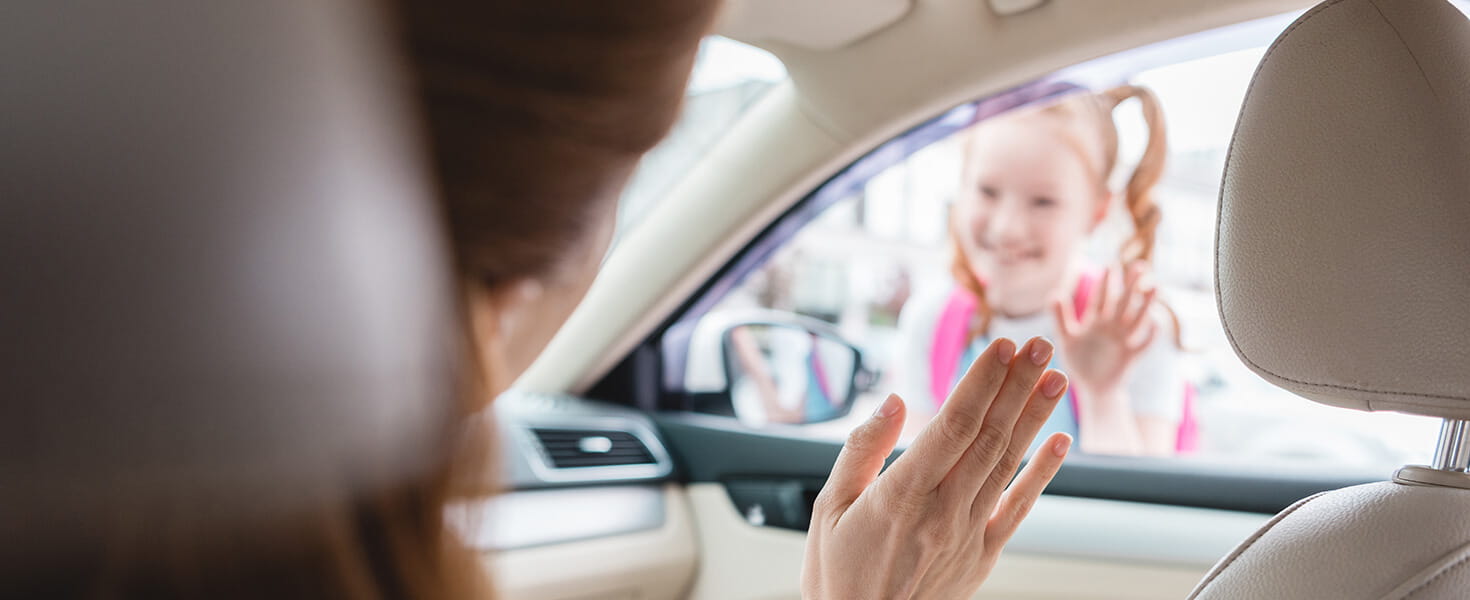
STUDY UP ON BACK TO SCHOOL DRIVING SAFETY
Back-to-school traffic—carpools, buses, and students on bicycle and foot—can complicate your commute. Go to the head of the class by making road safety a top priority.
CAR SAFETY
- Be on high alert when entering a school zone, even on weekends and evenings. Slow down—whether you see children or not—and always obey speed limits, traffic signs, and crossing guards.
- Avoid multitasking and distracted driving; never text and drive.
- Put children under the age of 13 in the backseat.
- Make sure infant and child car seats are properly installed. Car seats reduce the risk of death by 28% in the event of a crash. Visit safeseats4kids.aaa.com for more safety facts, car seat guides, inspection information, car seat recalls and more.
- Double check for children in blind spots and when driving in reverse. Teach your children never to play in, under, or around vehicles.
- Be on alert for children getting on and off school buses and crossing the street outside of marked crosswalks. Maintain a safe distance behind buses and expect frequent stops.
- When carpooling, remind passengers that wearing seatbelts not only save lives, but is the law.
BIKE SAFETY
- Make sure your child has the skills to ride a bike safely, such as riding in a straight line and signaling to vehicles when turning.
- Choose the safest bike route to school—one with less traffic and slower speeds. Use bike paths if they are available.
- Make sure your cyclists understand traffic safety rules, such as riding in the same direction as traffic and stopping at all stop signs and signals.
- Explain the importance of wearing a bike helmet to your child. According to the Insurance Institute of Highway Safety, wearing a helmet can reduce the odds of head injury by half.
- Remain focused and alert when riding. Never use earbuds or electronics while riding.
PEDESTRIAN SAFETY
- Pedestrians age 10 and younger should generally be accompanied by an adult when walking to and from school. Teach children the importance of using crosswalks and how to look left-right-left before crossing.
- Always walk on the sidewalk. If there is not a sidewalk, walk facing traffic.
- Try to drop off children where they won’t have to cross the street to reach their destinations. Avoid the dangers of jaywalking and encourage kids to always cross in clear view of traffic, and never from between parked cars.
- Just as you wouldn’t text and drive—don’t text and walk. Stay alert to your surroundings.
It’s also important to drive without distraction. Every day, distracted drivers kill an average of nine people and injure 1,000, according to the National Highway Traffic Safety Administration. Research by the AAA Foundation for Traffic Safety reveals that while 97% of drivers agree that texting/emailing while driving is a serious threat to theirs and other safety, 45% admit to having read a text and/or email while driving and 35% admit to having typed a message while driving in the past month.
Our campaign, “Don’t Drive Intoxicated—Don’t Drive Intexticated” was created with the goal of making distracted driving socially unacceptable—just as unacceptable as drinking and driving. Take the pledge to end distracted driving.







